IAR on Teacup Animal Tragedies
Imagine that you were born significantly undersized. If it does not sound like a big deal yet, then how about being informed by a doctor that you should never expect to outgrow that size and that you are doomed to suffer from endless diseases throughout your lifetime? Couldn’t be worse right? Now what if you find out that this miserable situation was not caused by any uncontrollable sheer misfortune—rather, someone has deliberately planned all the sufferings for you, leaving your life a million times more pitiful than it should be?
If you are irritated by the imaginary scenarios above, you might want to object to the concept of teacup animals as well. The package of ceaseless challenges is not a nightmare to those cute little furry creatures; it is LIFE.
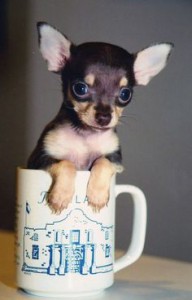
In recent years people have developed a special taste for teacup animals, namely, pets small enough to fit into places such as cups, purses, pockets, or even palms. It is no surprise that those mini dogs, cats and pigs possess irresistible cuteness to pet lovers. And a series of advantages seem to follow: Because of their sizes, they are portable and eye-catching, and can save owners considerable costs on food. But the point is: they are not naturally sized that way.
Take dogs as an example. Chihuahua is known as one of the smallest existing breeds. A healthy, fully grown adult Chihuahua weighs as little as 4-6 lbs, but a teacup dog can be way lighter than that. In order to get an undersized dog, a breeder may use means such as mating two exceptionally small dogs (often inbreeding), facilitating immature birth, or starving the puppy to retard its growth.
The results of such manipulation are obvious. Immature birth can lead to various health problems, which leaves teacup animals more vulnerable than their normal-sized peers. Some common health issues shared by teacup animals include liver shunts, low blood sugar, and heart diseases. But the worst condition lies in their bones. The fragile bones of teacup animals put them under constant threat of fractures, thus preventing them from performing everyday activities from rolling to chasing freely.
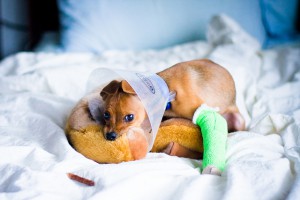
And the pets themselves are not the only victims of small sizes. Along with the pets’ poor health condition come high cost of treatment and medicines for owners. Besides, teacup animals need to be looked after all the time—just like human babies, the difference being that they can hardly grow any larger or stronger in return. It is no wonder that some teacup animals bought at high prices end up abandoned in shelters.
Now that we think about the whole teacup animals fever, it is indeed an abnormal trend to ever have emerged. People raise pets not only for the cuteness, but also because they truly love animals. However, the bitter truth is that forever confined in their tiny bodies, teacup animals can by no means live as happily as normal-sized ones. If this is understood by more people, the number of purchases may reduce. Therefore, we hope that you would share this article should you find it informative—so that owners will be able to have healthier, happier companions, and pets can avoid all the miseries from being undersized and live to their full potential.
Pics: (left) teacup puppy that literally fits into a tea cup; (right) teacup puppy suffering from bone fracture
Source of pics: (left) https://www.pinterest.com/pin/450993350159709713/; (right) https://www.flickr.com/photos/kayveeinc
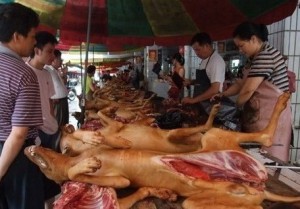 2010 was quite a year in Yulin’s history–the small, remote city in Guangxi China woke up from a typical muggy summer night and found itself world-famous…or, more accurately, INFAMOUS; before that its name were hardly known to most Chinese. All this sudden attention could be traced to the coming of Xia Zhi (beginning day of summer), which the locals celebrate with feasts featuring one specific “delicacy”: dog meat.
2010 was quite a year in Yulin’s history–the small, remote city in Guangxi China woke up from a typical muggy summer night and found itself world-famous…or, more accurately, INFAMOUS; before that its name were hardly known to most Chinese. All this sudden attention could be traced to the coming of Xia Zhi (beginning day of summer), which the locals celebrate with feasts featuring one specific “delicacy”: dog meat.

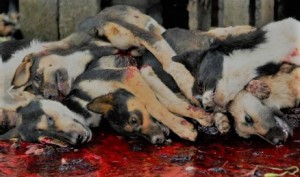
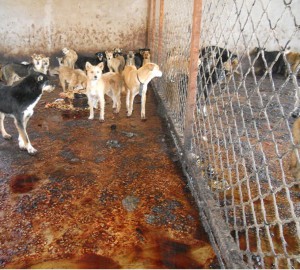


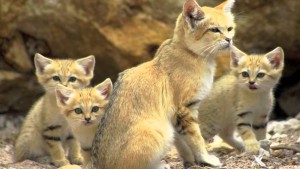 species. Tiny animals, plants and reptiles require equal, if not more, human intervention and protection as the big ones. Small animals like Pileated Gibbons, Pygmy Hippos, Sand Cats, and Egyptian Tortoise are all in urgent need of attention of animal rescue organizations and individuals. These little awe-inspiring animals are in high demand as pets, thus getting snatched away from their natural habitats. At the current rate, animals that will go extinct the soonest are going to be the smallest and weakest ones.
species. Tiny animals, plants and reptiles require equal, if not more, human intervention and protection as the big ones. Small animals like Pileated Gibbons, Pygmy Hippos, Sand Cats, and Egyptian Tortoise are all in urgent need of attention of animal rescue organizations and individuals. These little awe-inspiring animals are in high demand as pets, thus getting snatched away from their natural habitats. At the current rate, animals that will go extinct the soonest are going to be the smallest and weakest ones.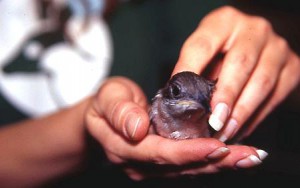
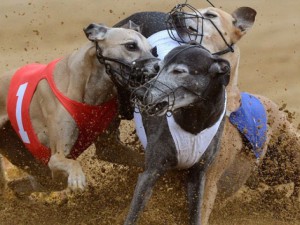 instance, hardly treat the dogs humanely as they race them to death; they see animals merely as money-generating objects to utilize for their profit. For individuals who love animals, the sight of such animal abuse can drive them mad. Fortunately, many animal rescue centers are striving their best to deal with this inhumane behavior.
instance, hardly treat the dogs humanely as they race them to death; they see animals merely as money-generating objects to utilize for their profit. For individuals who love animals, the sight of such animal abuse can drive them mad. Fortunately, many animal rescue centers are striving their best to deal with this inhumane behavior.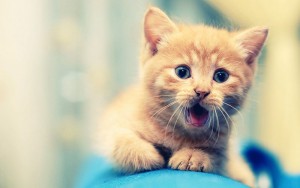 There are places where, due to the lack of relevant laws, cruelty to animals is quite common. Only through proper education can people learn about cruelty and stop it from happening. Thanks to the extraordinary efforts of some animal rescue groups, the situations are better than they could be. These groups are setting an example for individuals to play a role and help reduce cases of cruelty to animals. It is high time that every individual stepped forward with eyes and ears open. Reducing animal cruelty can be hard when animal shelters or humane societies have to fight on their own, but with
There are places where, due to the lack of relevant laws, cruelty to animals is quite common. Only through proper education can people learn about cruelty and stop it from happening. Thanks to the extraordinary efforts of some animal rescue groups, the situations are better than they could be. These groups are setting an example for individuals to play a role and help reduce cases of cruelty to animals. It is high time that every individual stepped forward with eyes and ears open. Reducing animal cruelty can be hard when animal shelters or humane societies have to fight on their own, but with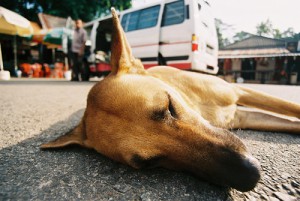 Help Animals by not ignoring them
Help Animals by not ignoring them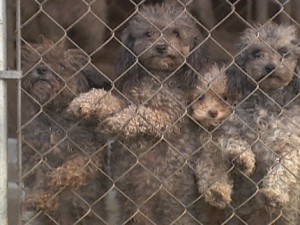
Recent Comments